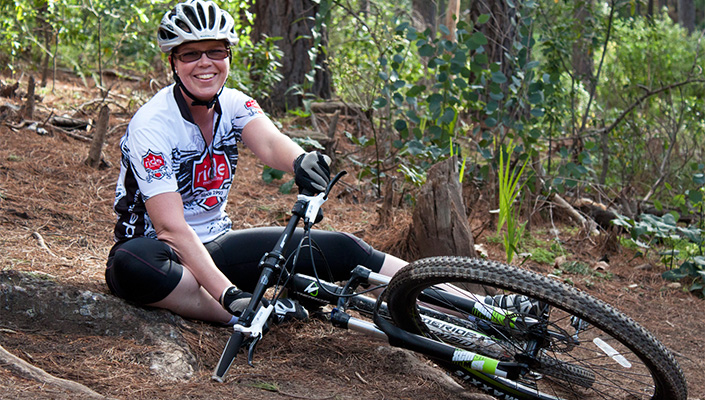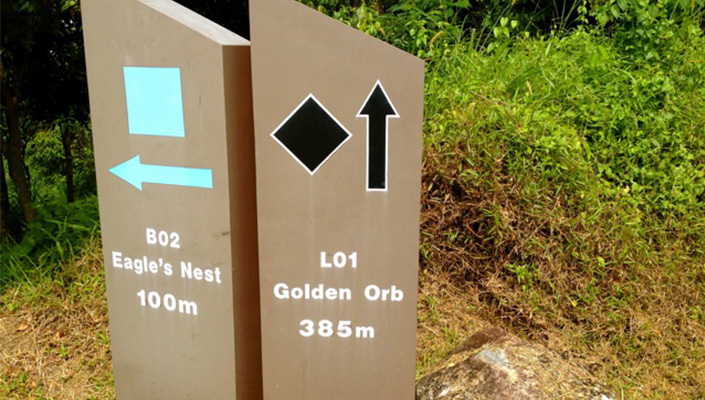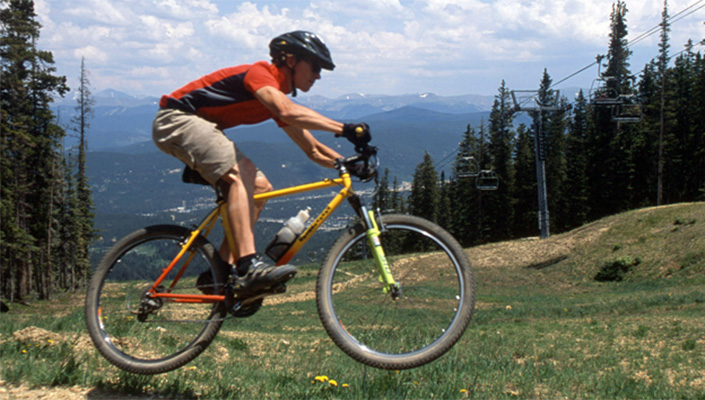
Riding singletrack for the first time should be nothing less than pure pleasure; however the reality is that it can be quite daunting and a little overwhelming. There are obstacles, signs that mean nothing to you, other riders and even wildlife! Crikey mate, was that a dingo!? (Excuse the Australianism)
Relax though; it's not as bad as you think. Mountain biking is held together by a strong network of like minded and friendly people. People that started at the bottom and worked their way up. People that enjoy helping and teaching. People like us! Read on, and you too will be enlightened...
1. Be Courteous
Nobody minds a learner, but everyone hates a trail jerk who forgets to say thank you and never gives way. To avoid being this jerk, remember to give way to other riders, especially if they are riding uphill to you! Also remember to say thank you when people give way to you. It keeps the courtesy ball rolling and everyone feels good about their ride. If you ever come unstuck on the trail get out of the way! (Don't pay attention to anything in "9 ways to become the world's worst riding buddy") Stand trackside and encourage the next rider as they try and conquer the obstacle that sent you packing. "Come on bud!! Show me how it's done!". You just made a friend, and learnt how to ride over the obstacle. Clever!
2. Read the Signs

Official mtb trails are usually signposted like ski runs. The sign will have a number or a name as well as a difficulty rating. If the sign shows a high level of difficulty don't be ashamed to be curious... Go and have a look, but don't get in other people's way. Leave your bike in the bush and take a walk down to see what a black diamond trail looks like. You might be tempted to learn some skills so you can ride the really fun trails!
3. Know your Limits

“If it's your first time on singletrack see it as one big lesson in limitations.”
If it's your first time on singletrack see it as one big lesson in limitations. There will be trails you can't ride and distances you can't cover. Take a map and know where you are. Also stick to your limits especially when riding by yourself. It's far too easy to get seriously injured on an off road trail, especially if you ride where you shouldn't be. Avoid drop offs, jumps, logs and high speeds. You've got a lot to learn, so don't take the buzz out of it by ending up in the emergency room. You might think you know how to nail a drop but the reality is you probably don't. Start small, and don't get hurt. Life's too short to give up mountain biking!
4. Learn to Scan
Regardless of your skills, anyone can learn to scan. Scanning is where you look up ahead and then down in front, and then up ahead, and then down in front... It allows you to take in far more information about the trail, regardless of your speed and ability. For example, you might look down and see a tree root to avoid - then look ahead and see a sharp climb (time to change gears) - then look down and see a few rocks - then look ahead and see a small drop off. It's the most important skill to learn and it will make you predict what's coming as well as have enough time to respond.
5. Control your Body

Again, no matter where you ride or how skilled you are - always control your body weight (Don't worry, you can still drink beer and eat hamburgers). On mountain biking trails there are rapid changes in gradient, surface and obstacle locations. It's important to be able to react to these changes quicker than they come at you. Learn to lean back on your bike when descending and braking, and to lean forwards when climbing uphill. When you've mastered that, you'll be able to ride all the basic stuff with ease. If your body movements feel excessive, then you're getting close to the amount of body movement required. Bend your knees, elbows and lean that body forwards and backwards!
There are several core skills involved in mountain biking, and these core skills branch off into other skills areas. Check out our skills articles to learn these basics, many of which can be self-taught.
"5 Basic mountain bike skills every beginner should learn", "Mountain bike skills: Choosing a line, handling gravel and drop-offs" and "Mountain bike skills: Hop, manual and uphill pop!"
Once you have absolutely perfected these basics, then you can move on to learning the more intermediate skills. Learning these abilities will make your riding smoother and faster, but most important of all is this - learning to ride properly will make every ride a safer ride...
Take it easy and know your limits. If you're feeling a bit scared, respect that feeling and take it easy!
Have fun!


